The study also suggests that reforesting such a large area wouldn’t impact our capacity for growing and farming food.
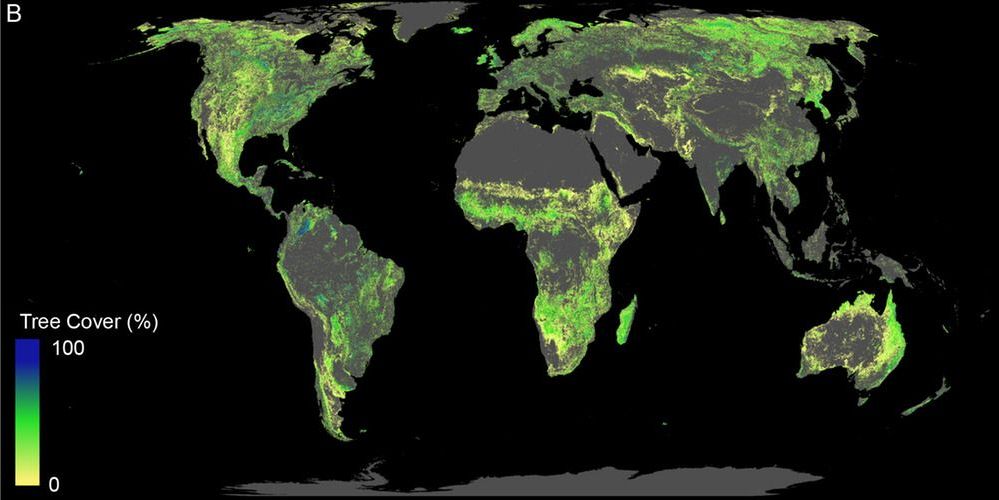

Air pollution is a severe public health risk in many places around the world. At the forefront of the issue is China, which has made remarkable progress against poor air quality in recent years.
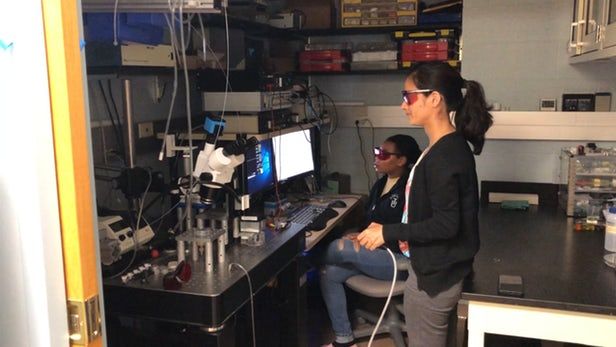

Efficiently moving water upward against gravity is a major feat of human engineering, yet one that trees have mastered for hundreds of millions of years. In a new study, researchers have designed a tree-inspired water transport system that uses capillary forces to drive dirty water upward through a hierarchically structured aerogel, where it can then be converted into steam by solar energy to produce fresh, clean water.
The researchers, led by Aiping Liu at Zhejiang Sci-Tech University and Hao Bai at Zhejiang University, have published a paper on the new water transport and solar steam generation method in a recent issue of ACS Nano. In the future, efficient water transport methods have potential applications in water purification and desalination.
“Our preparation method is universal and can be industrialized,” Liu told Phys.org. “Our materials have excellent properties and good stability, and can be reused many times. This provides the possibility for large-scale desalination and sewage treatment in the future.”
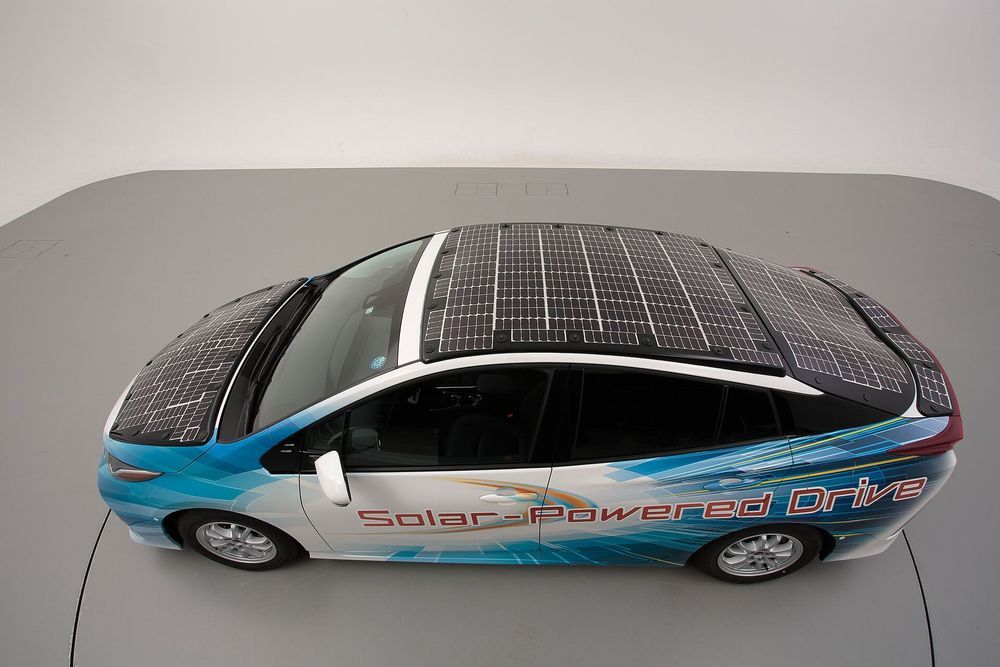
What’s not to like about this concept: high-efficiency solar cells gifting electric cars with mileage.
Bertel Schmitt, The Drive, said, “The solar roof could morph from mostly a marketing-device to a helpful feature.” He noted that, referring to plug-ins, “On a fair-weather day, the juice would be provided by the sun, a big improvement especially for people who don’t have their own garage.”
Toyota has ambitions over the concept and is to start testing an onboard solar recharging system where the hood, the roof, and back are covered with cells. The solar roof can charge while the car is on the move.
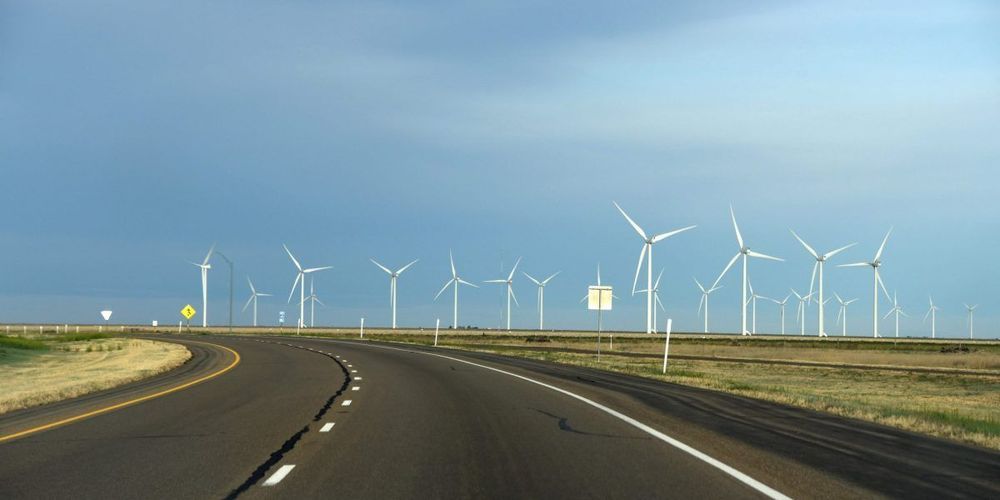
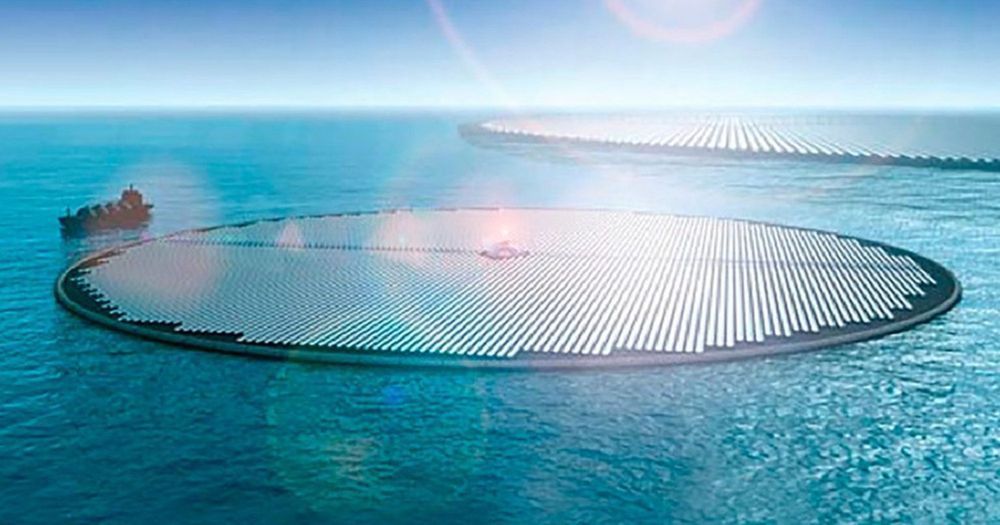
Millions of solar panels clustered together to form an island could convert carbon dioxide in seawater into methanol, which can fuel airplanes and trucks, according to new research from Norway and Switzerland and published in the Proceedings of the National Academy of Sciences journal, PNAS, as NBC News reported. The floating islands could drastically reduce greenhouse gas emissions and dependence on fossil fuels.
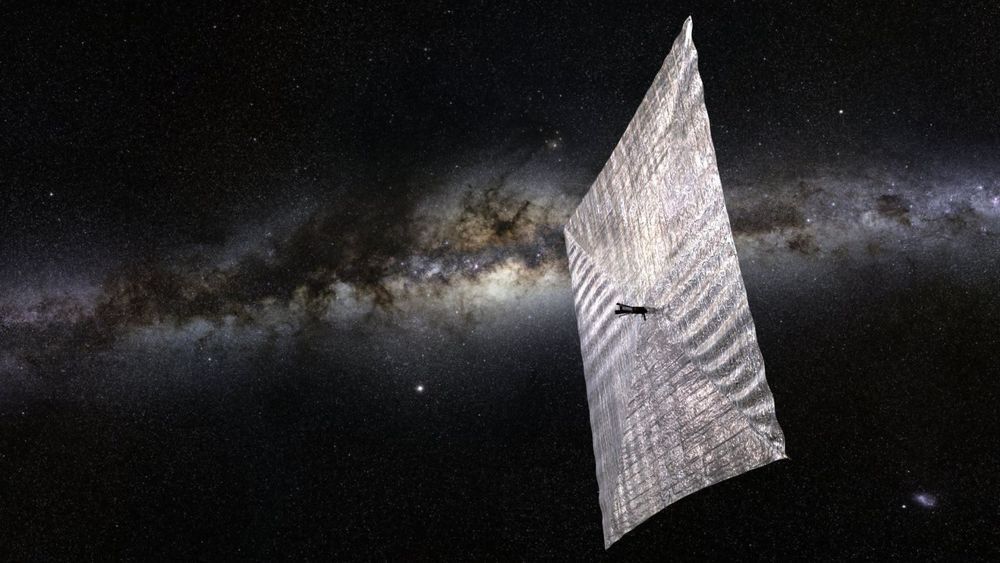
Last week, the LightSail 2 officially made its first contact with Earth. The solar-powered spacecraft will be sailing around Earth’s orbit for the next year, all part of a mission to prove that solar sailing is a viable mode of space exploration.
If successful, the hope is that solar sailing could be used in other spacecraft going forward, something that could allow us to explore further in space at a lower cost than is currently possible.
Eleven million people had renewable energy jobs in 2018, according to the latest analysis from IRENA. New data shows that the diversification of the renewable energy supply chain is changing the sector’s geographic footprint, and more countries are tapping into the socio-economic gains of the energy transition. https://bit.ly/2XFScWF
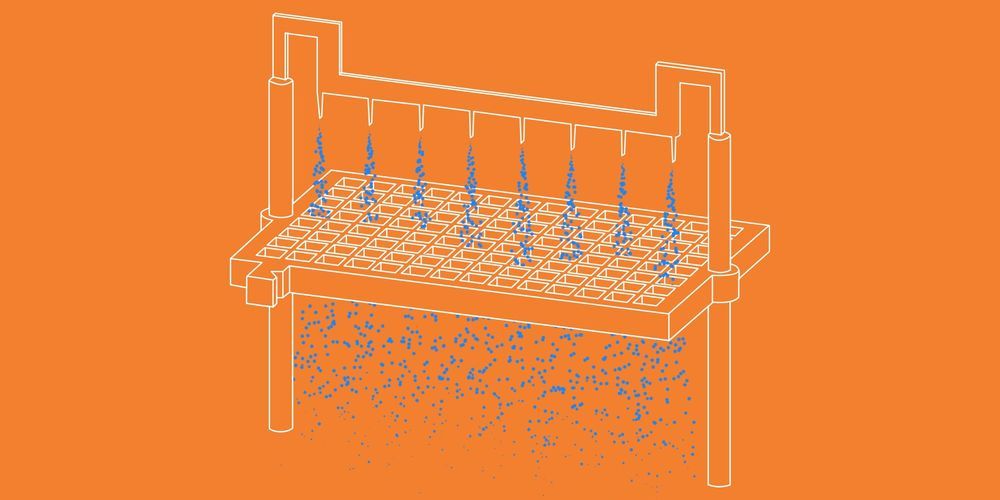
Credit where credit is due: Evolution has invented a galaxy of clever adaptations, from fish that swim up sea cucumber butts and eat their gonads, to parasites that mind-control their hosts in wildly complex ways. But it’s never dreamed up ion propulsion, a fantastical new way to power robots by accelerating ions instead of burning fuel or spinning rotors. The technology is in very early development, but it could lead to machines that fly like nothing that’s come before them.
You may have heard of ion propulsion in the context of spacecraft, but this application is a bit different. Most solar-powered ion spacecraft bombard xenon atoms with electrons, producing positively charged xenon ions that then rush toward a negatively charged grid, which accelerates the ions into space. The resulting thrust is piddling compared to traditional engines, and that’s OK—the spacecraft is floating through the vacuum of space, so the shower of ions accelerate the aircraft bit by bit.
You’ve read your last complimentary article this month. To read the full article, SUBSCRIBE NOW. If you’re already a subscriber, please sign in and and verify your subscription.